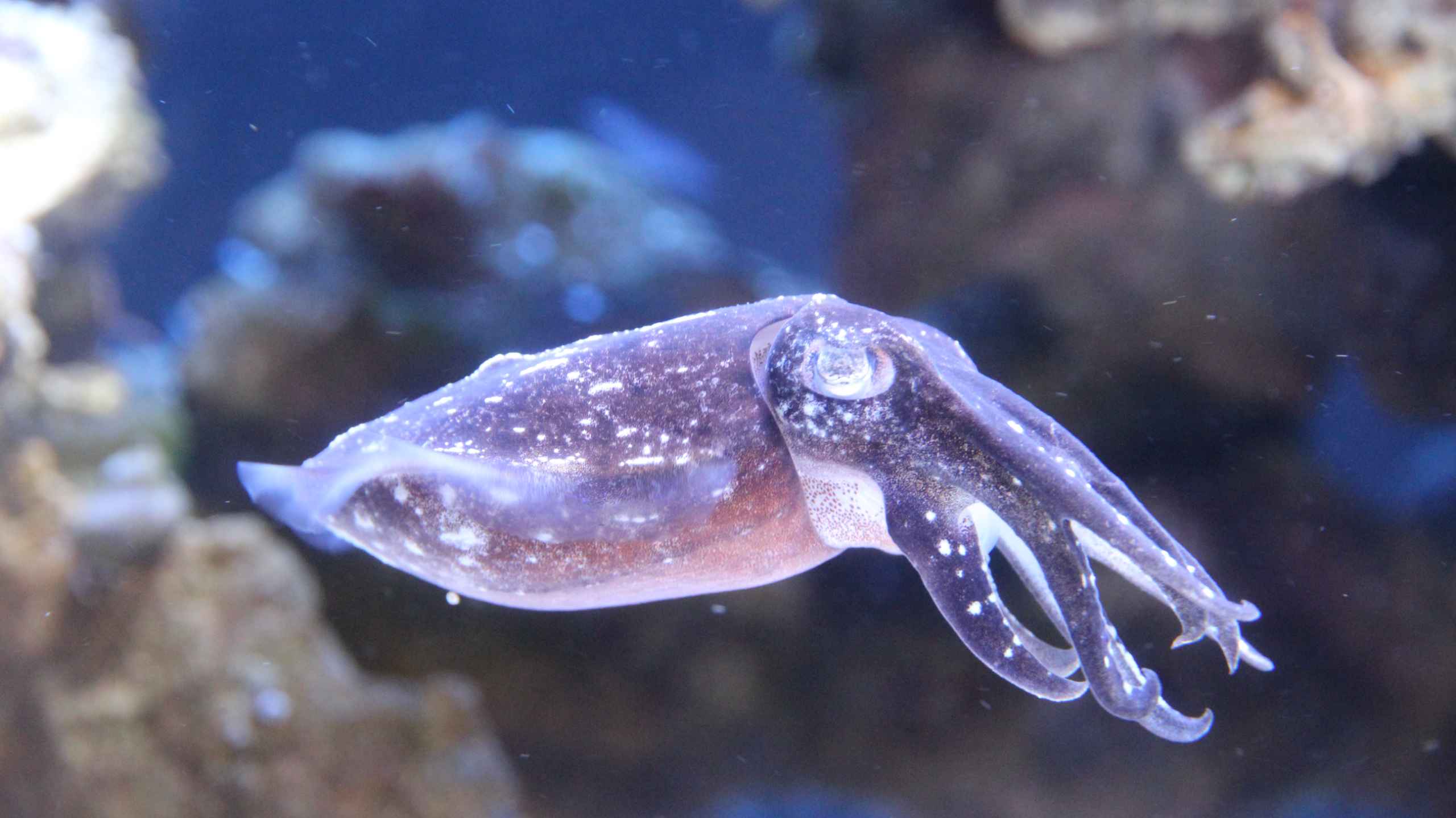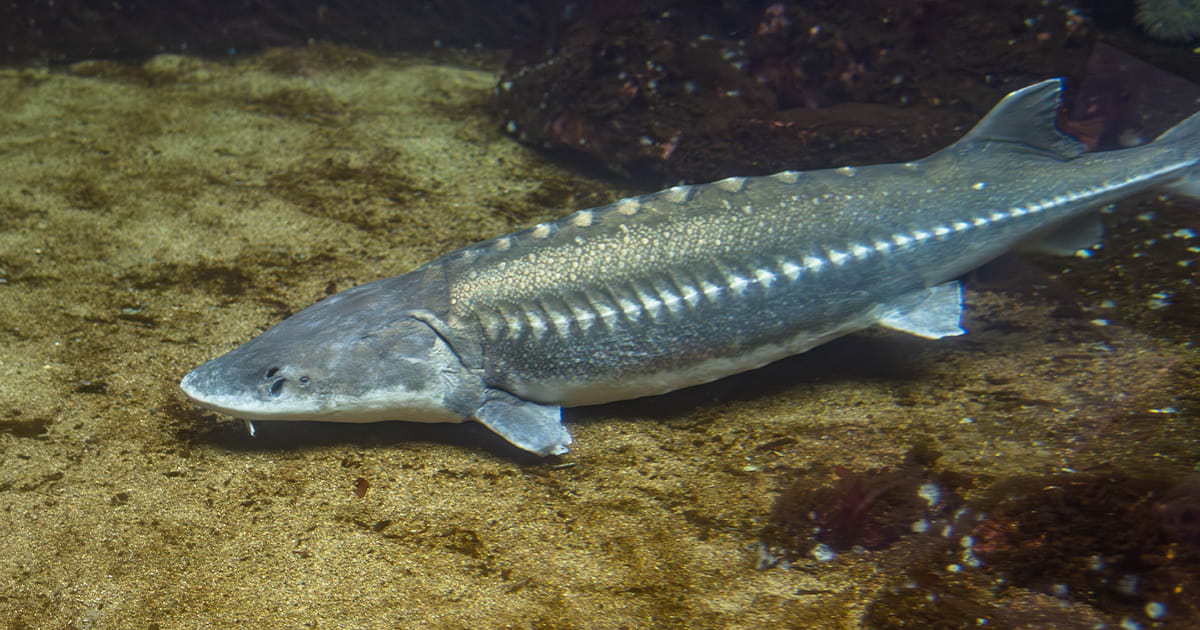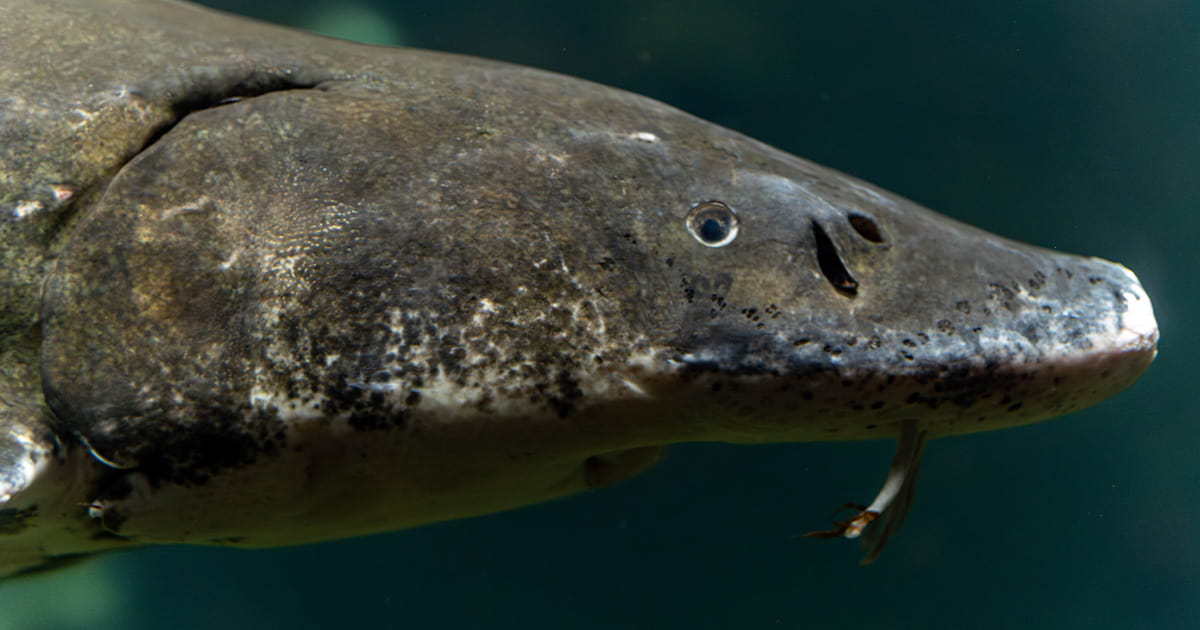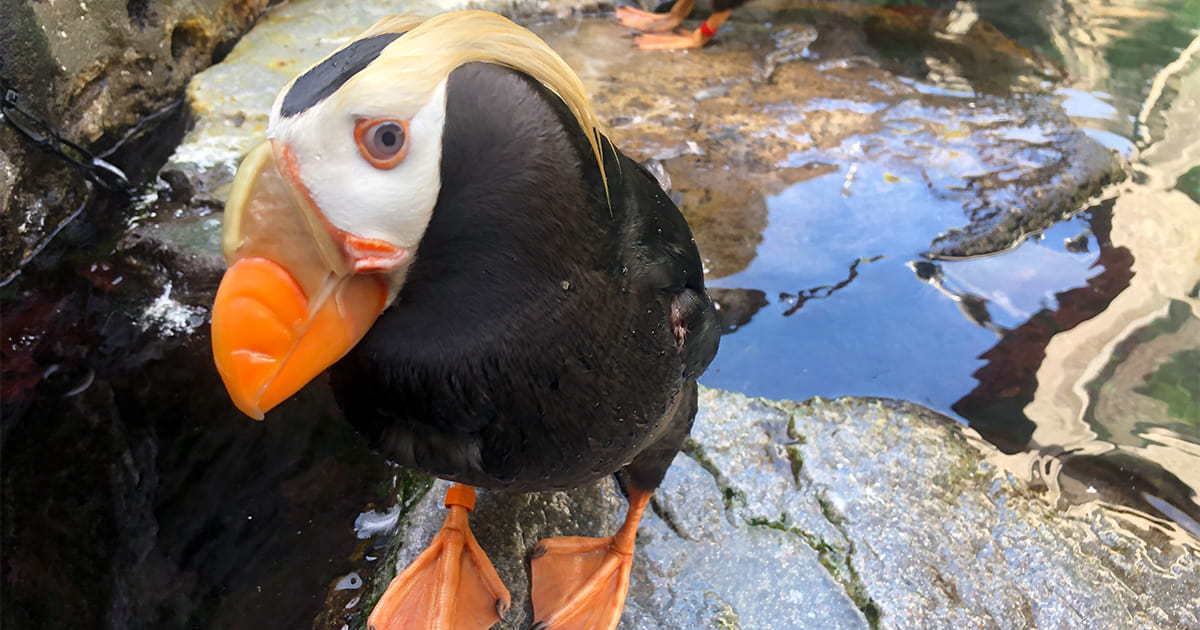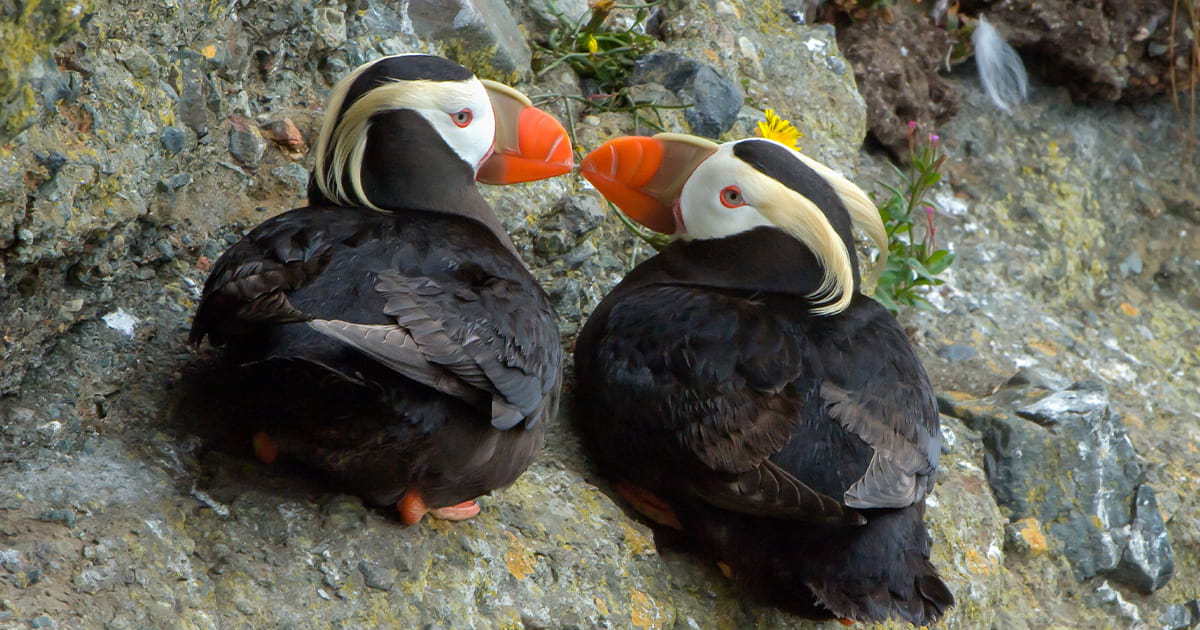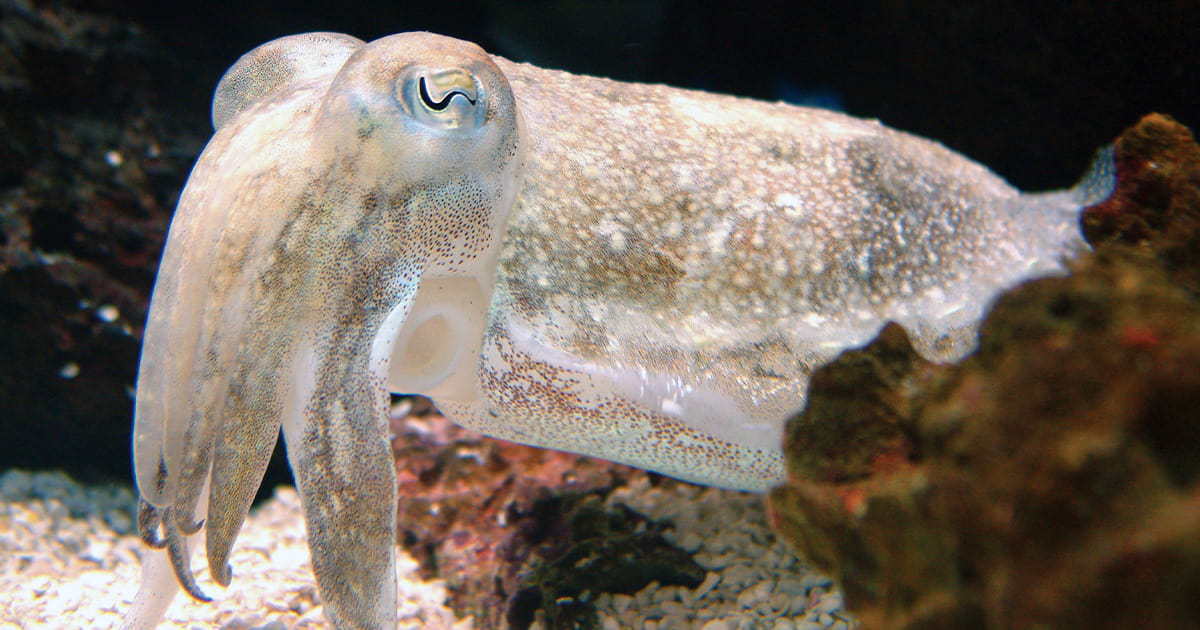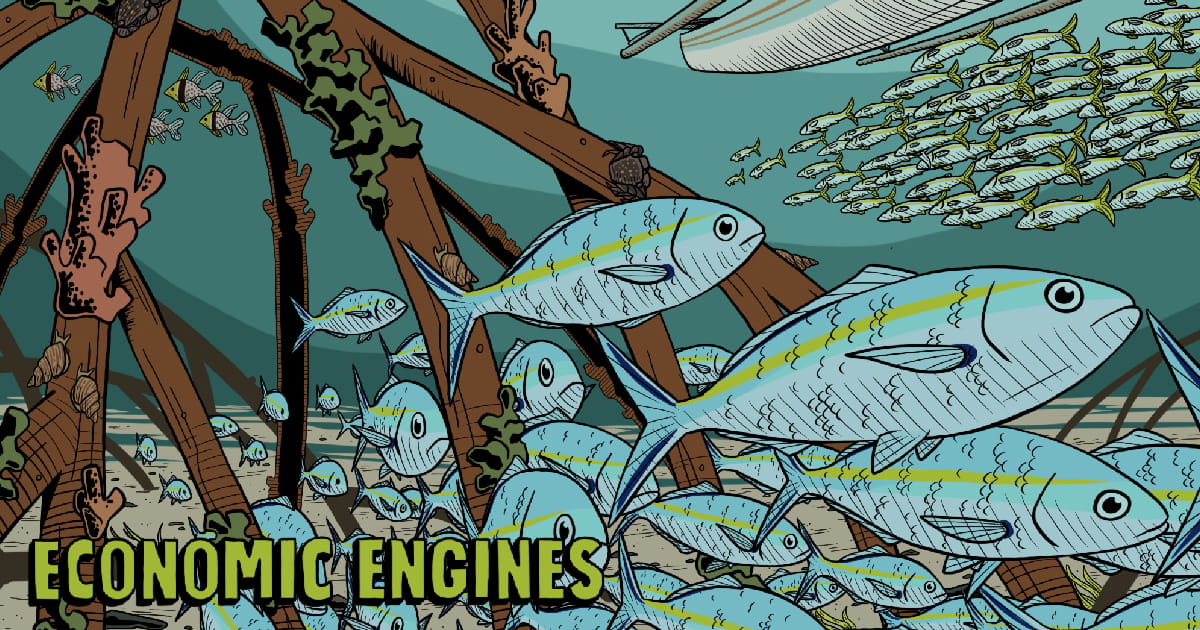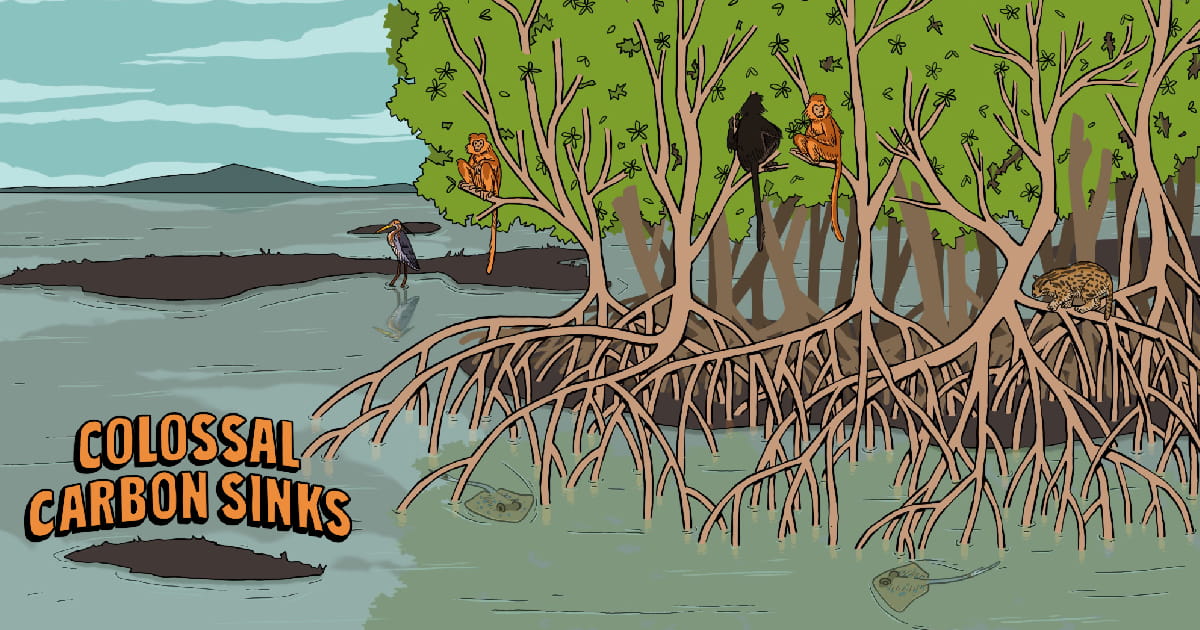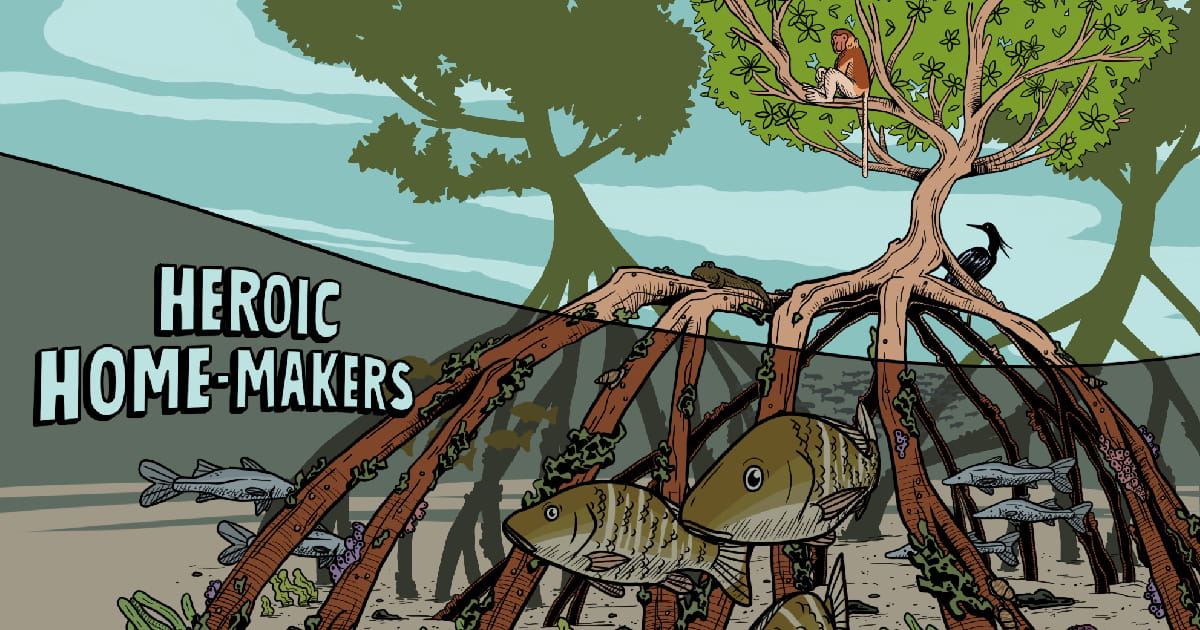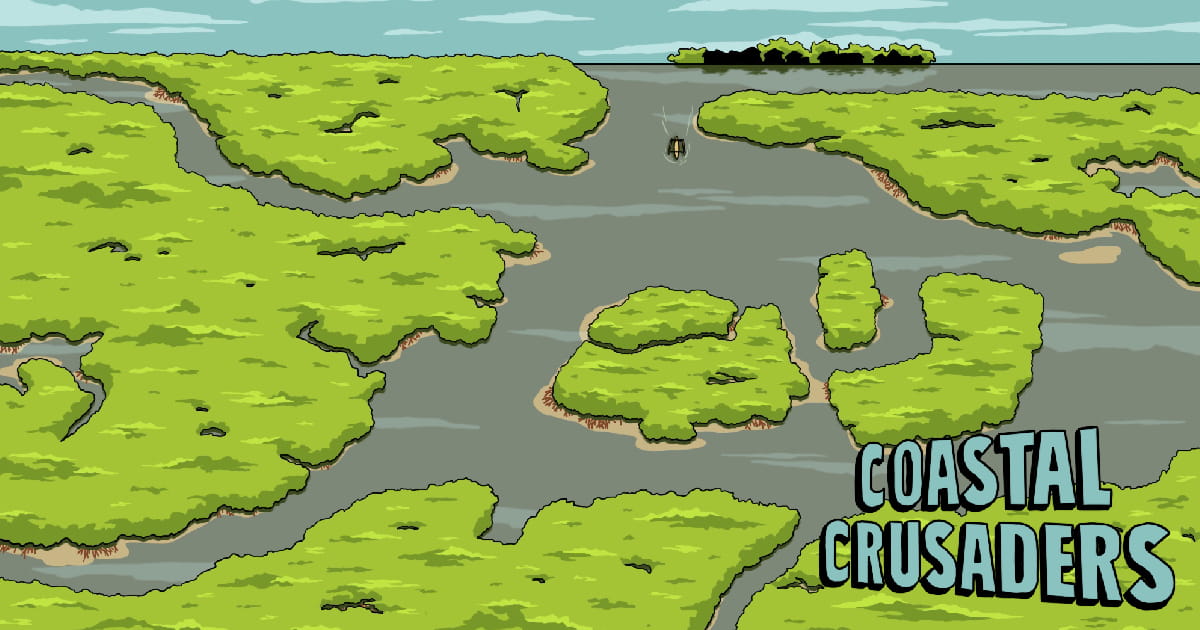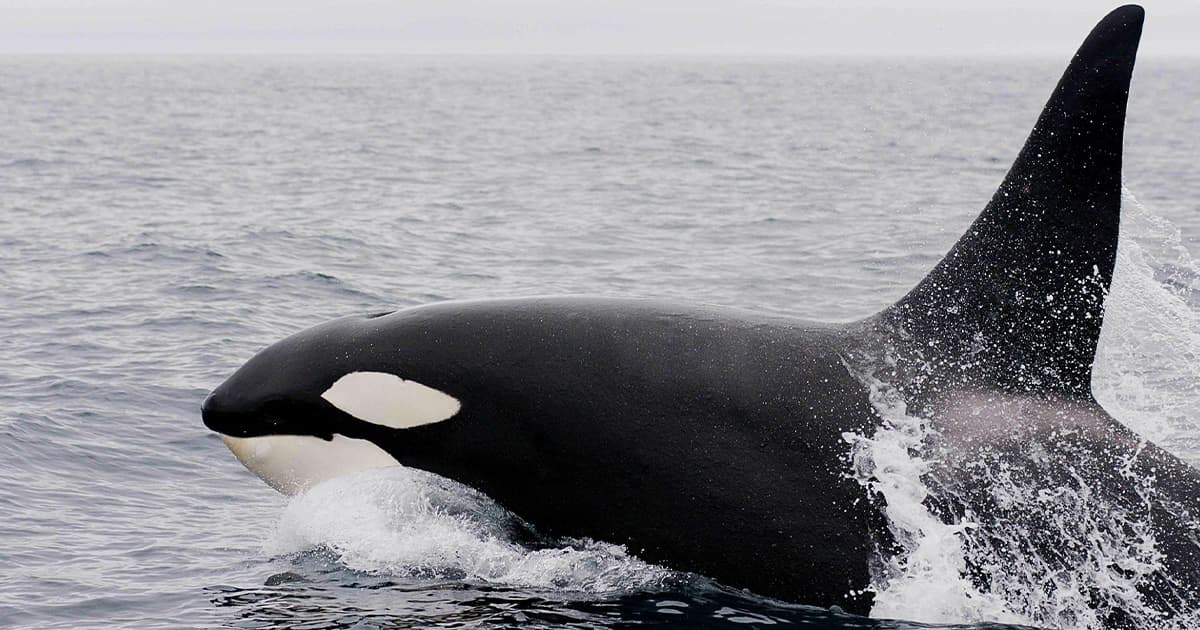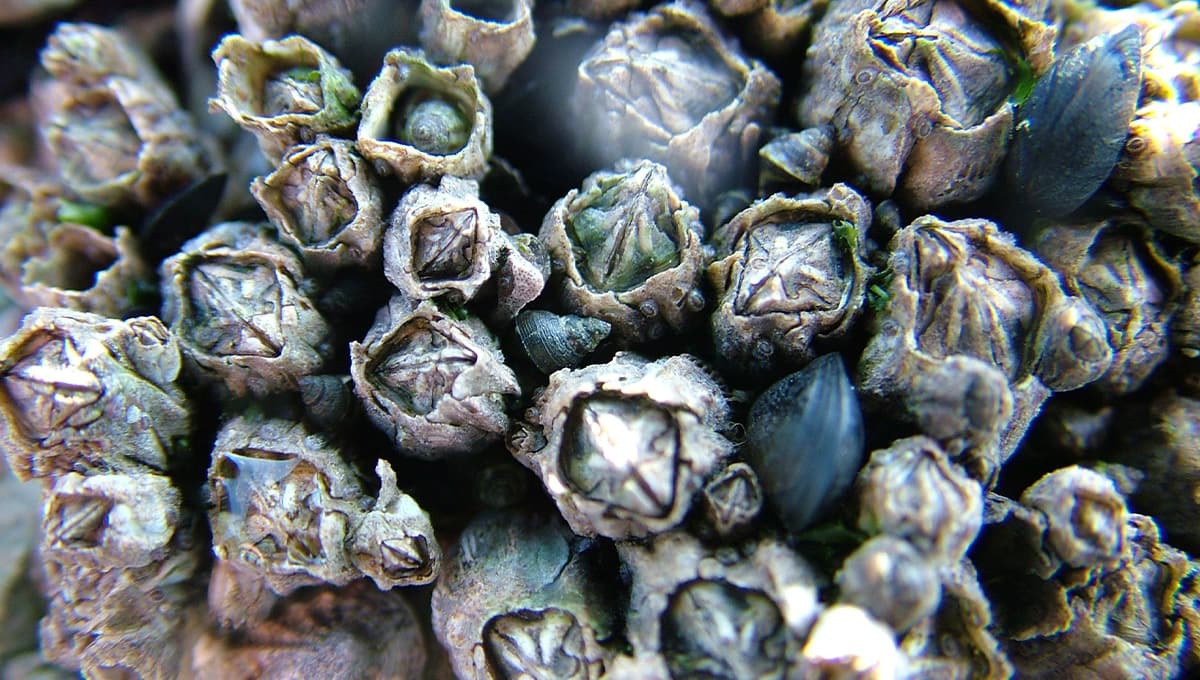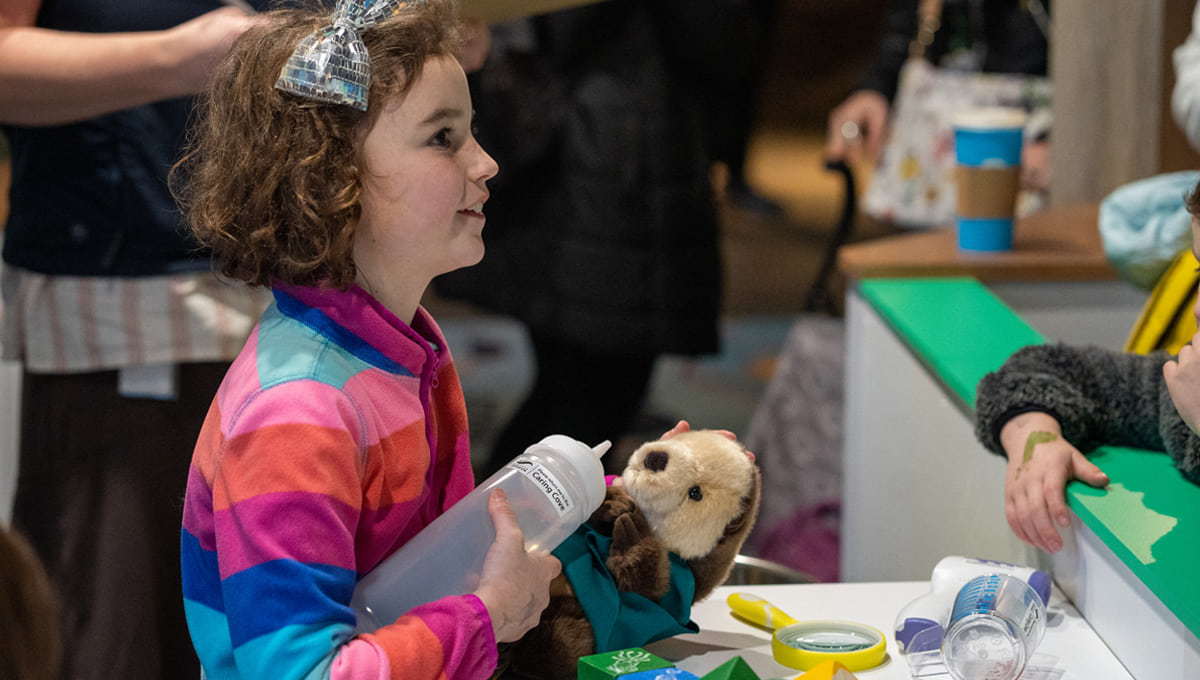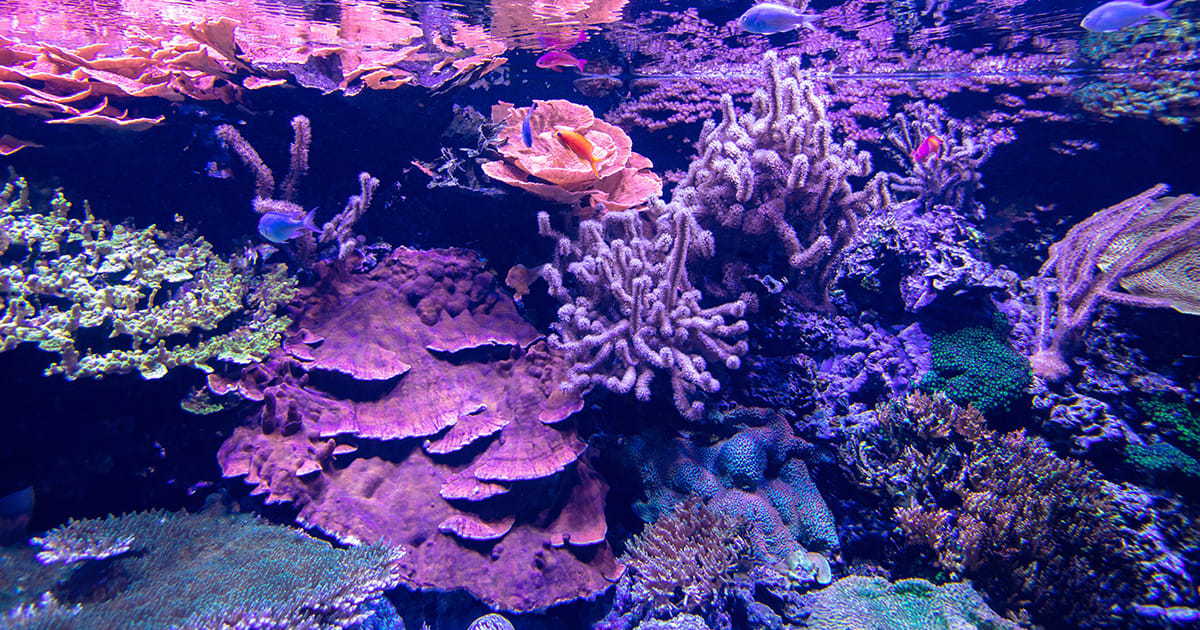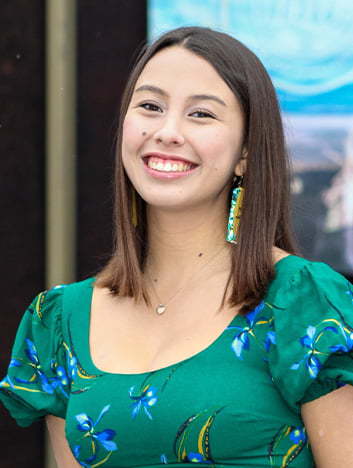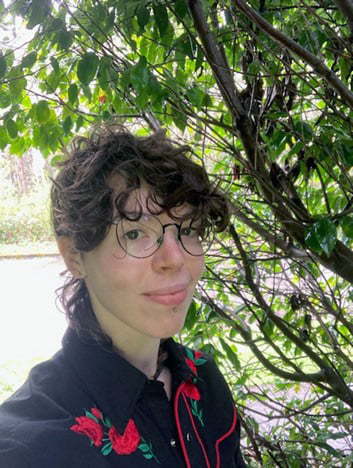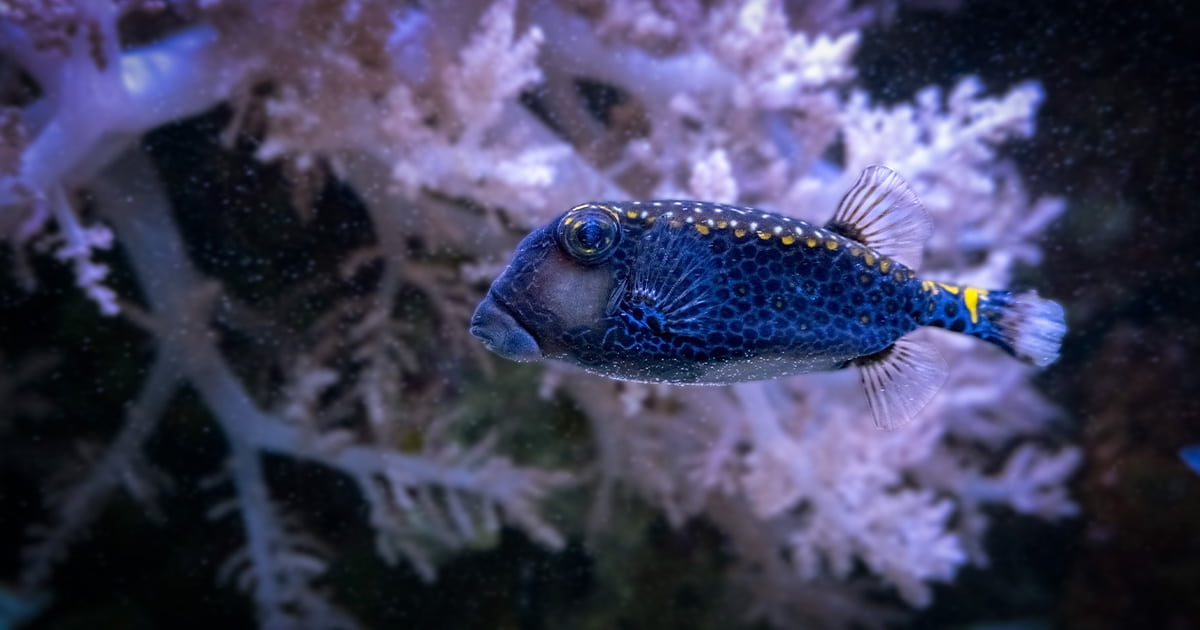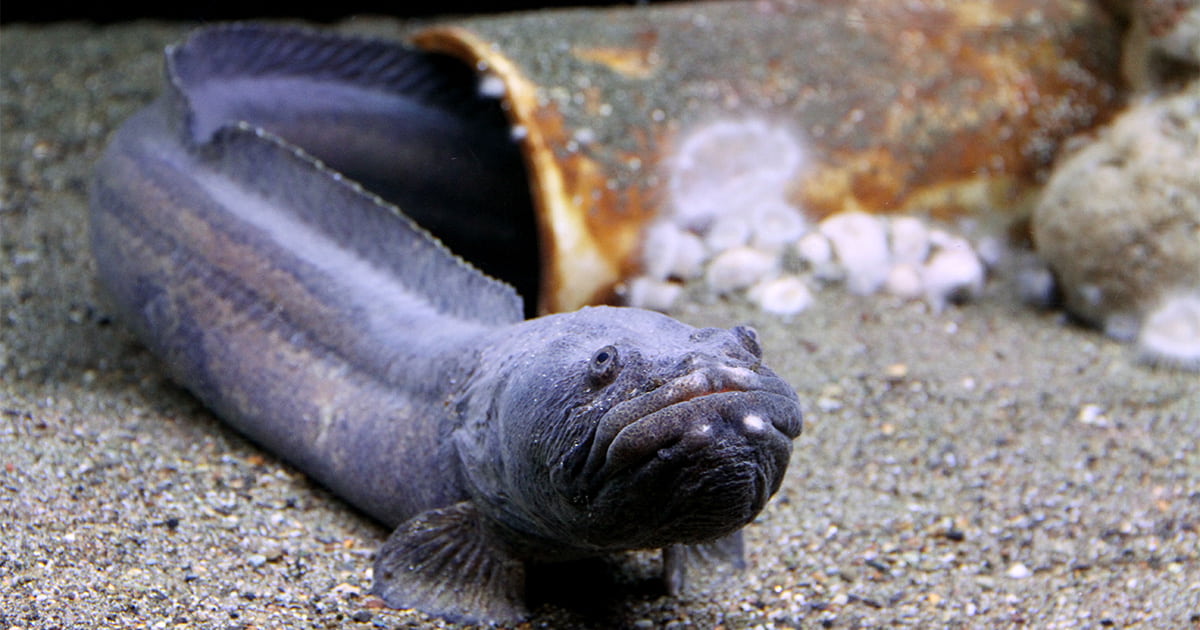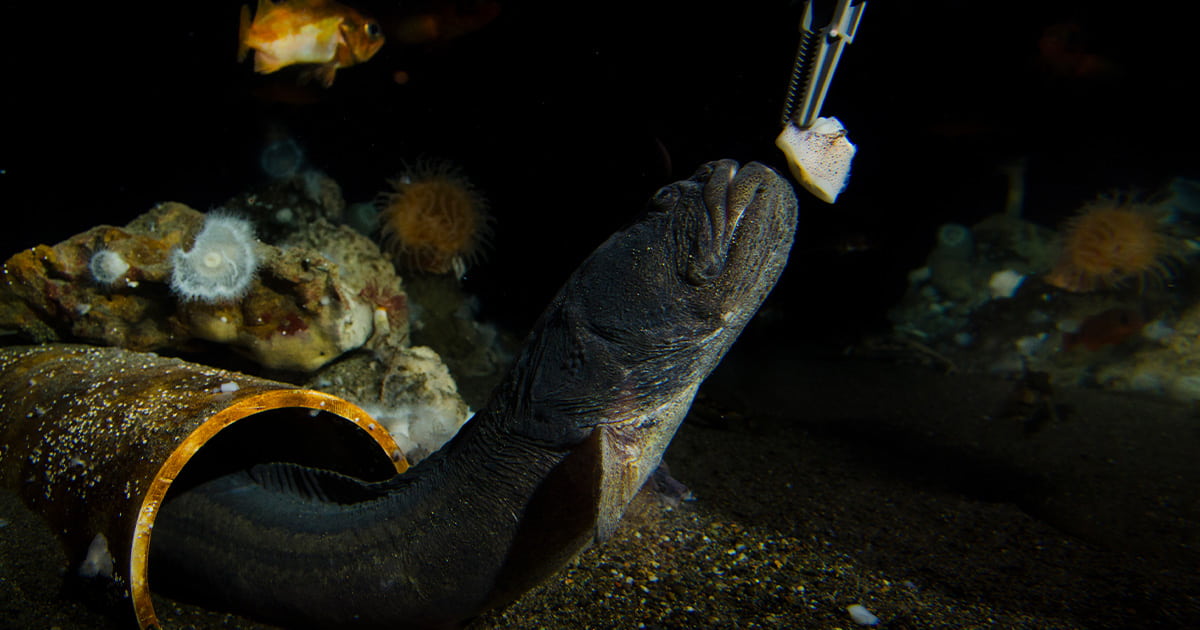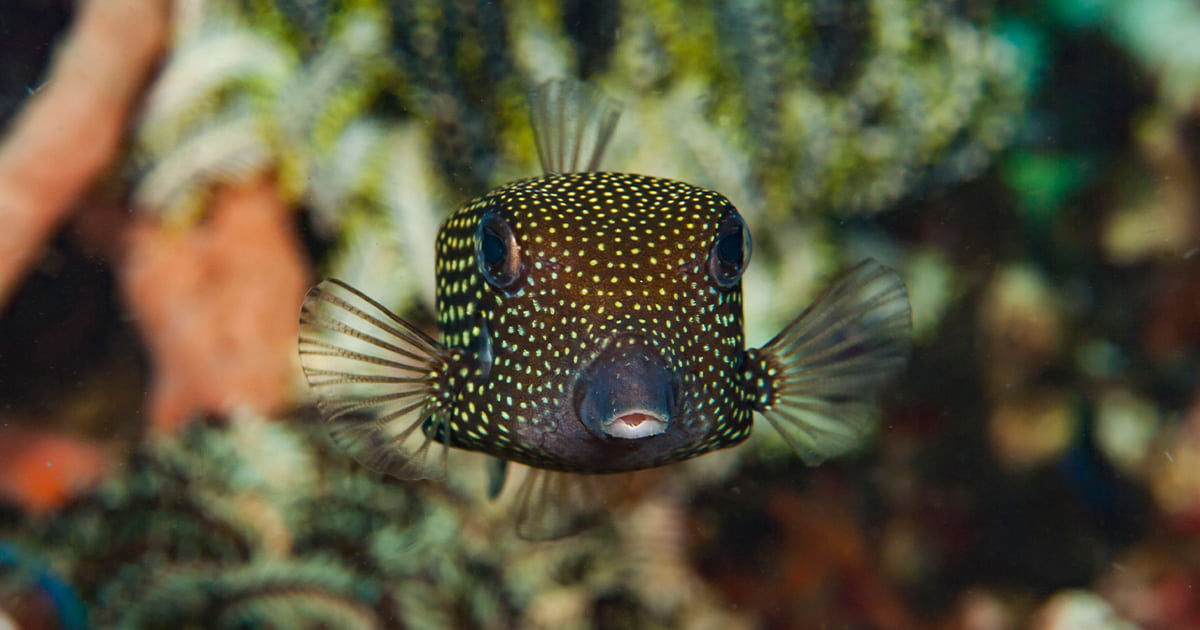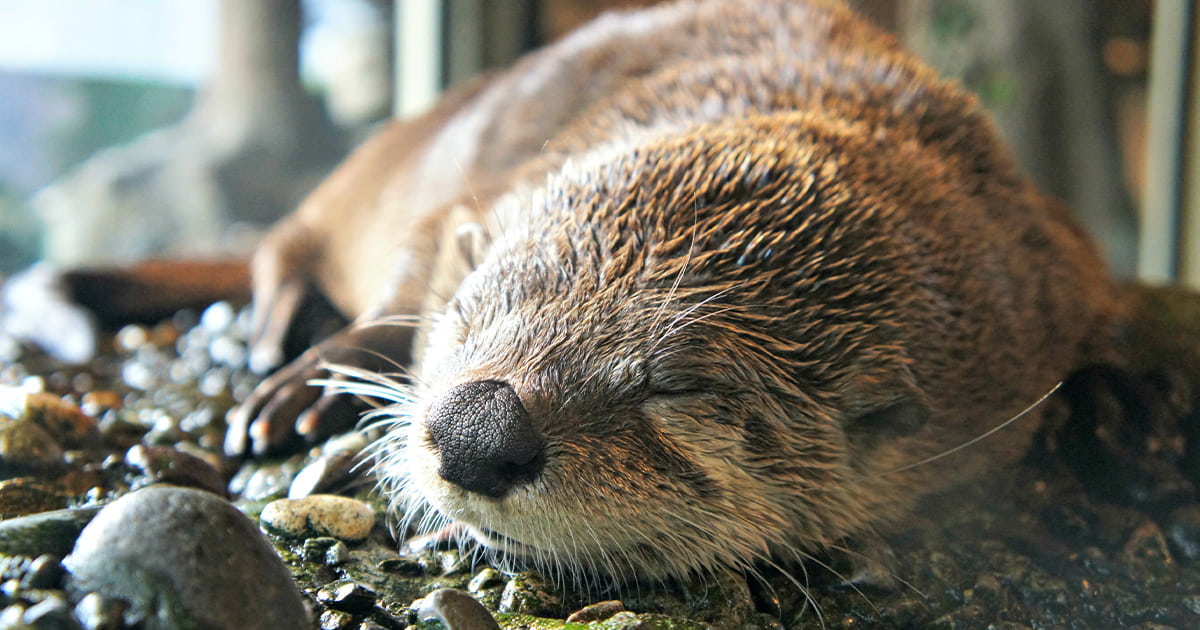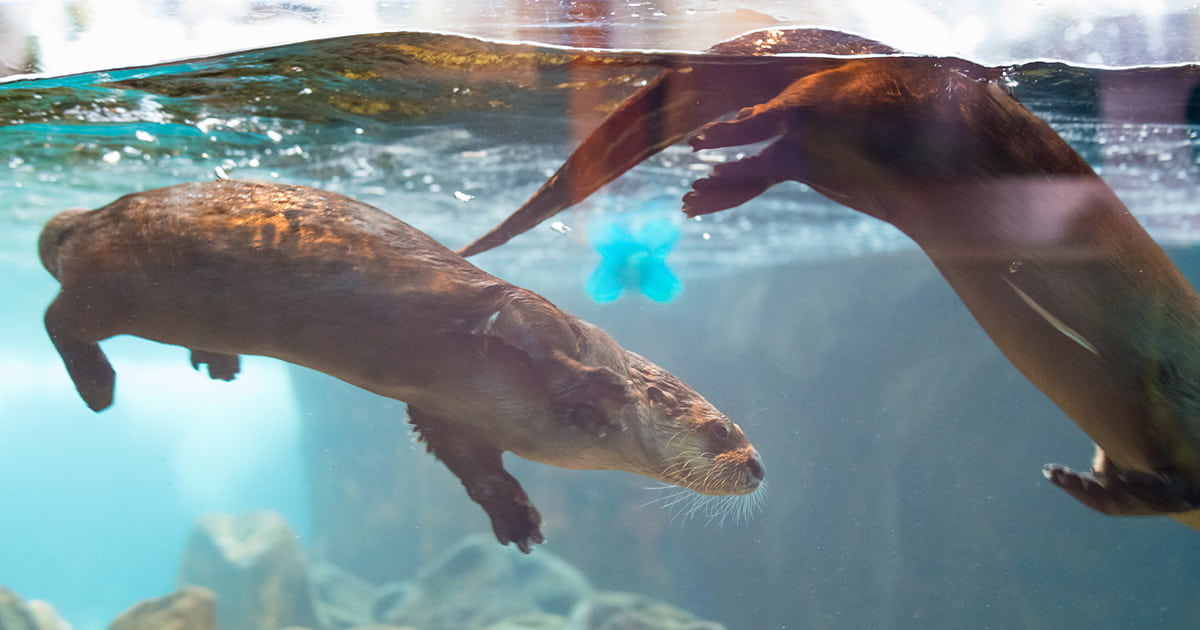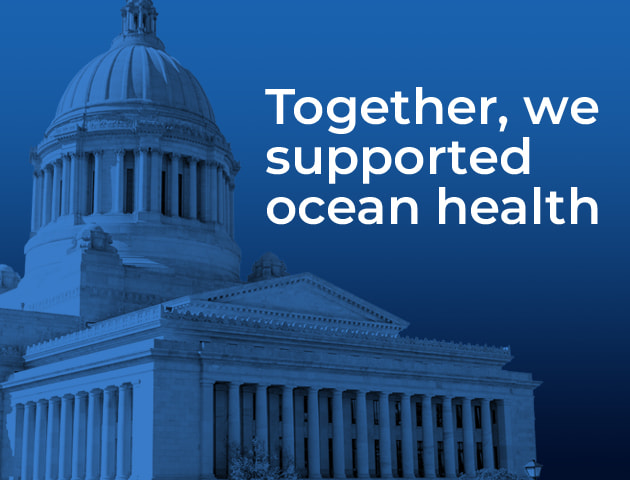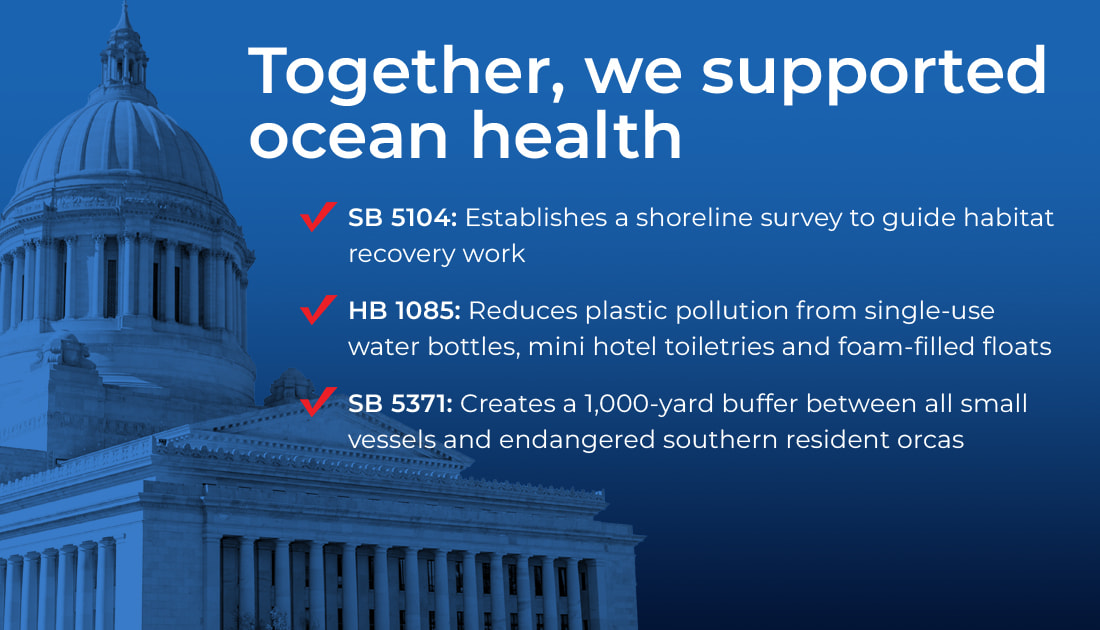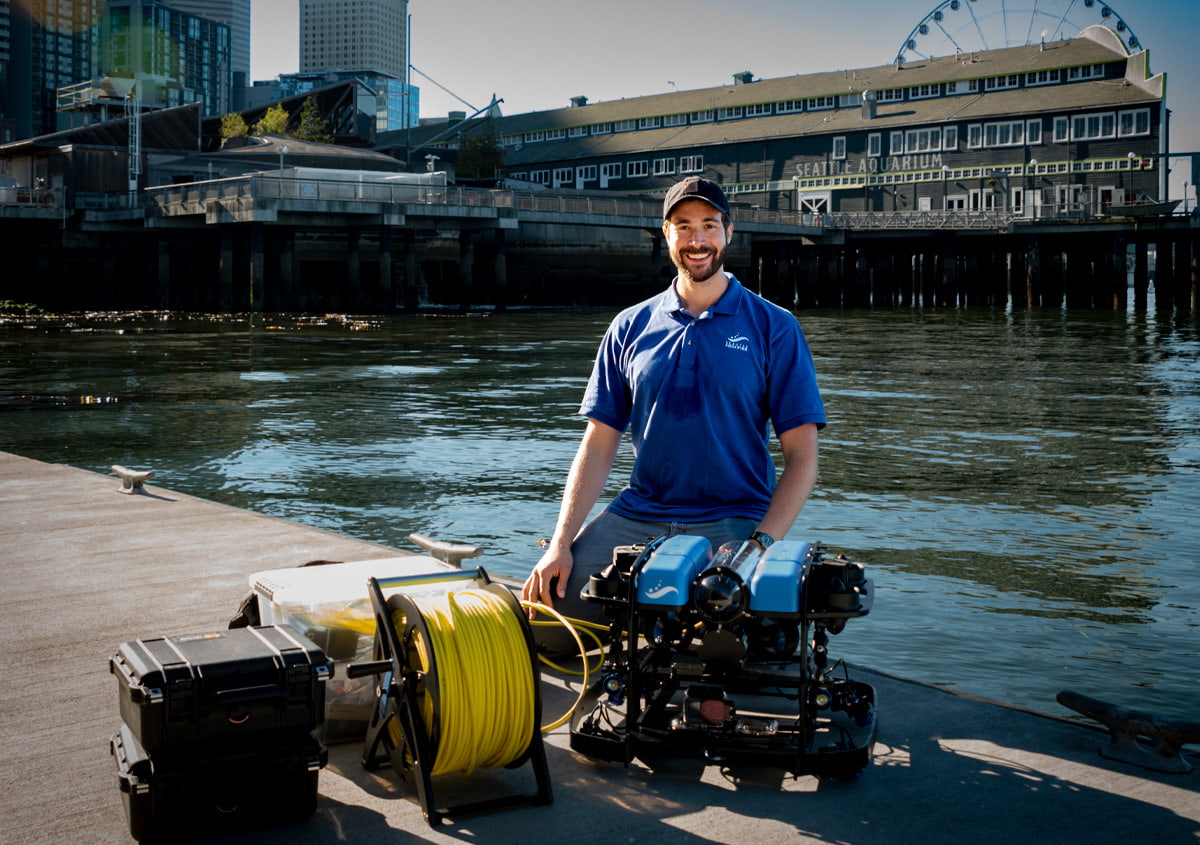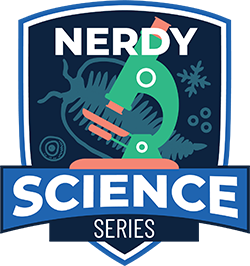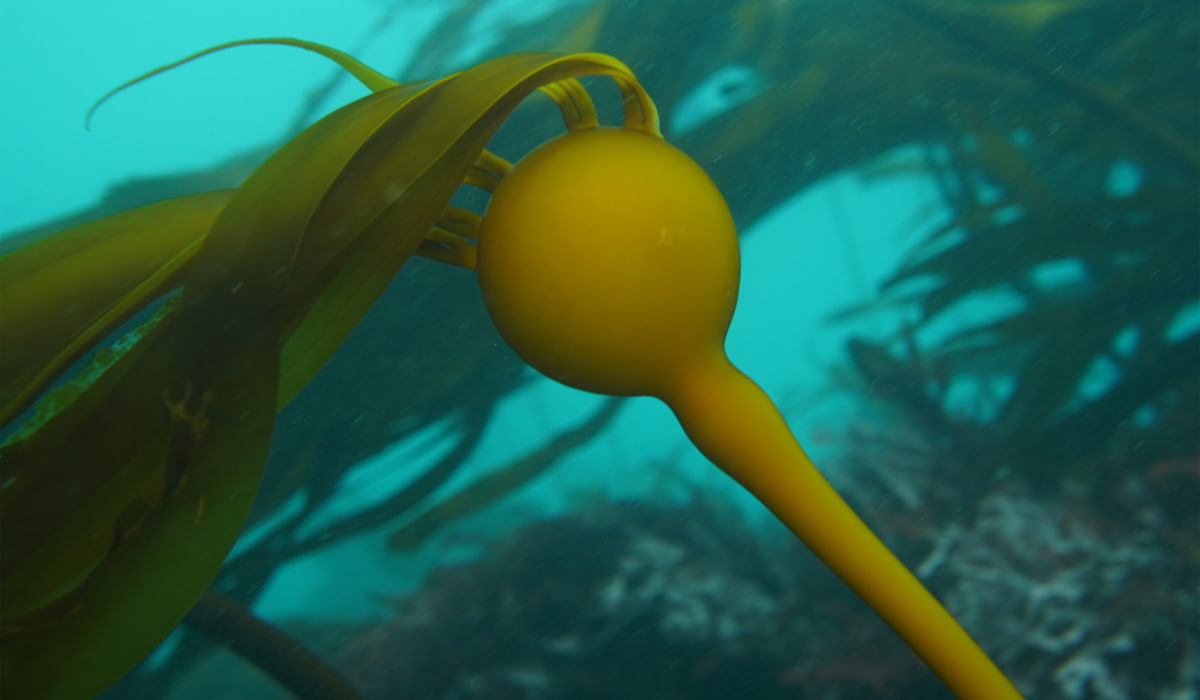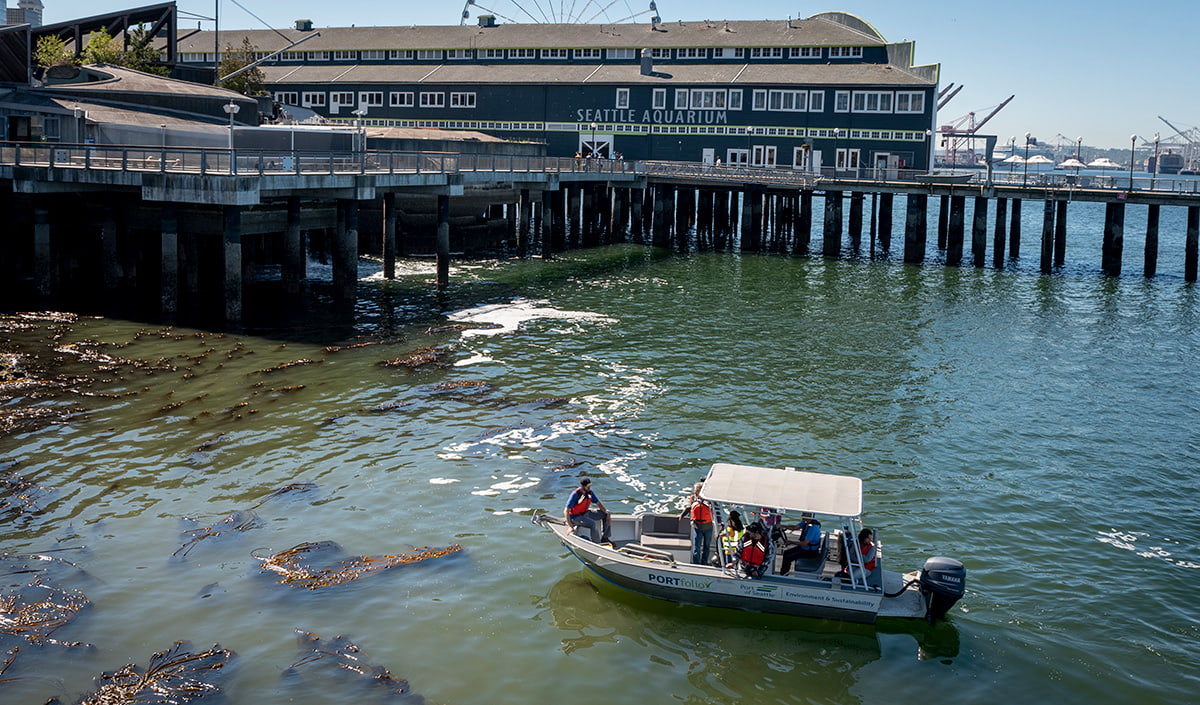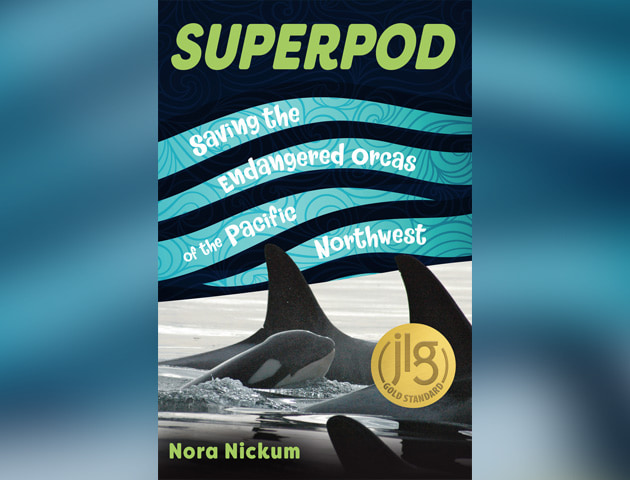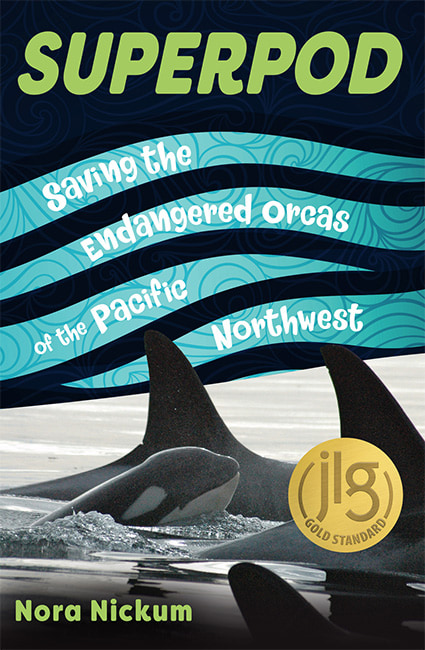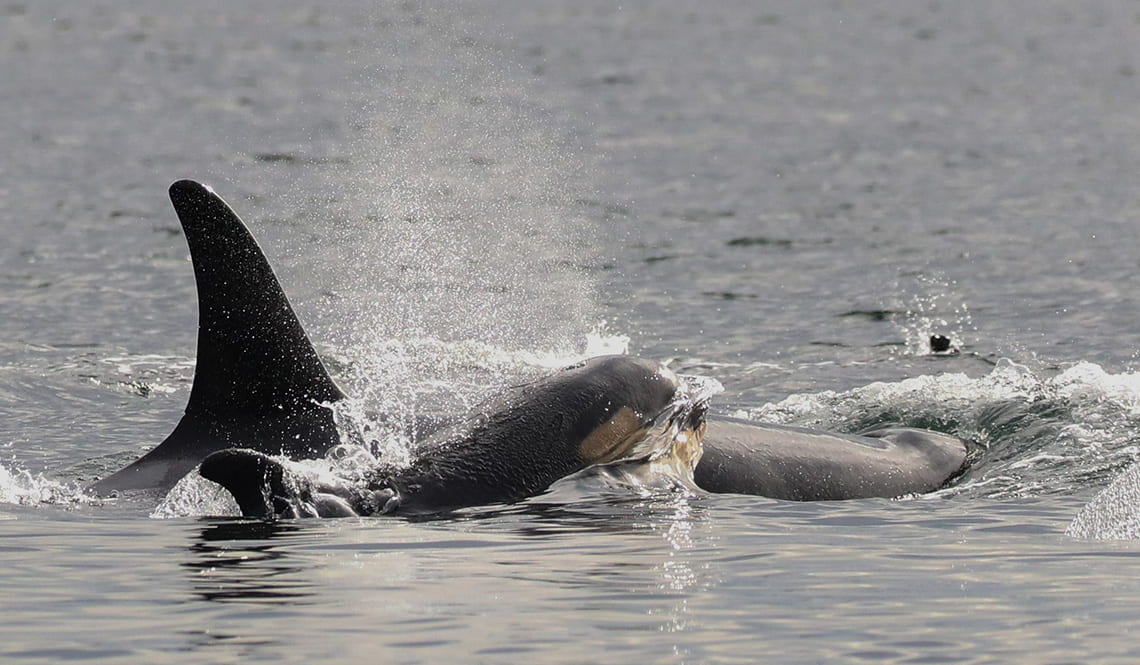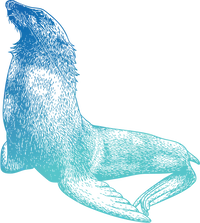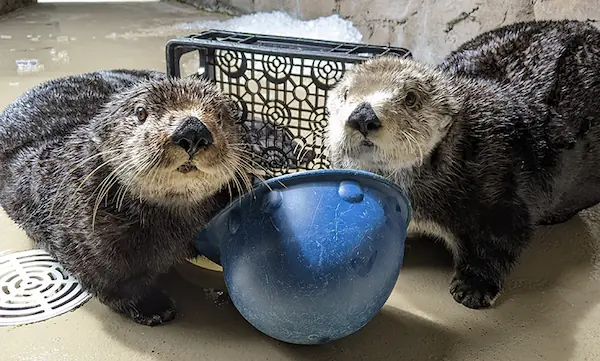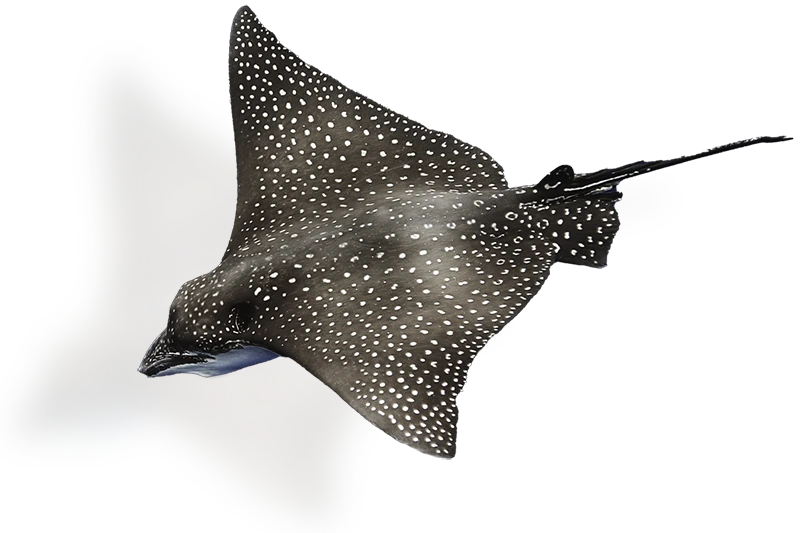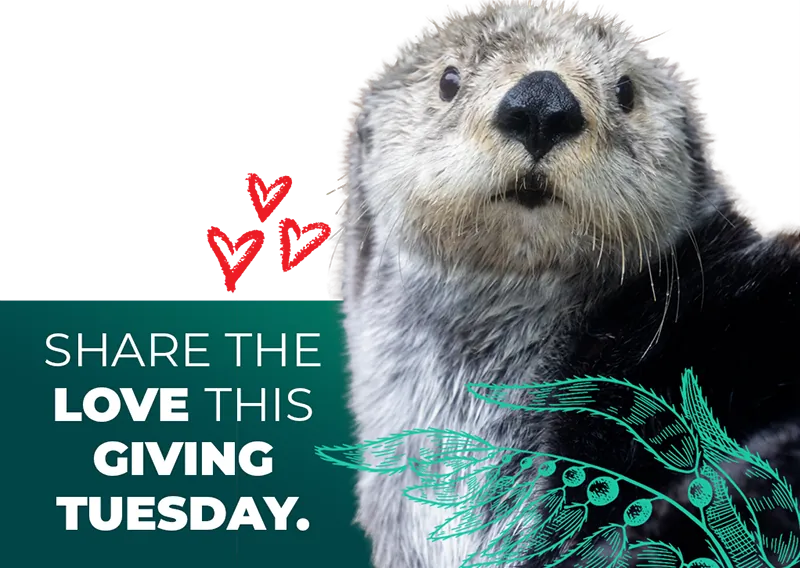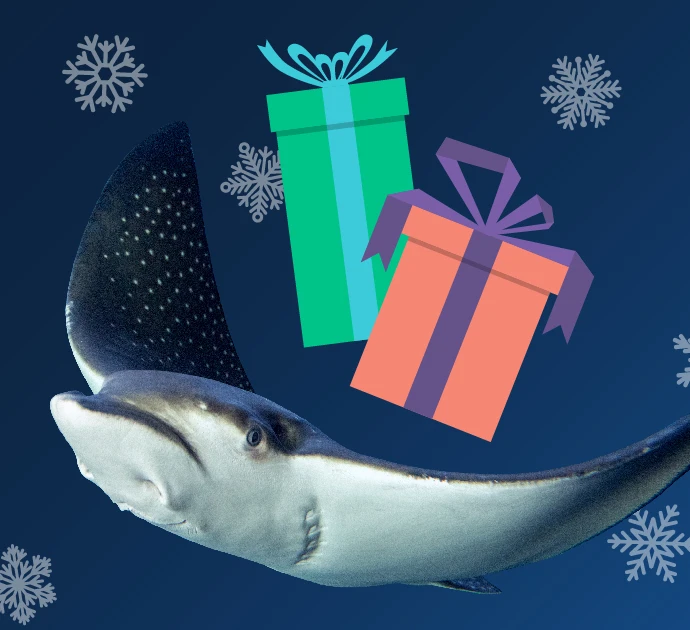The Spilhaus Projection: “The seven seas” become one ocean
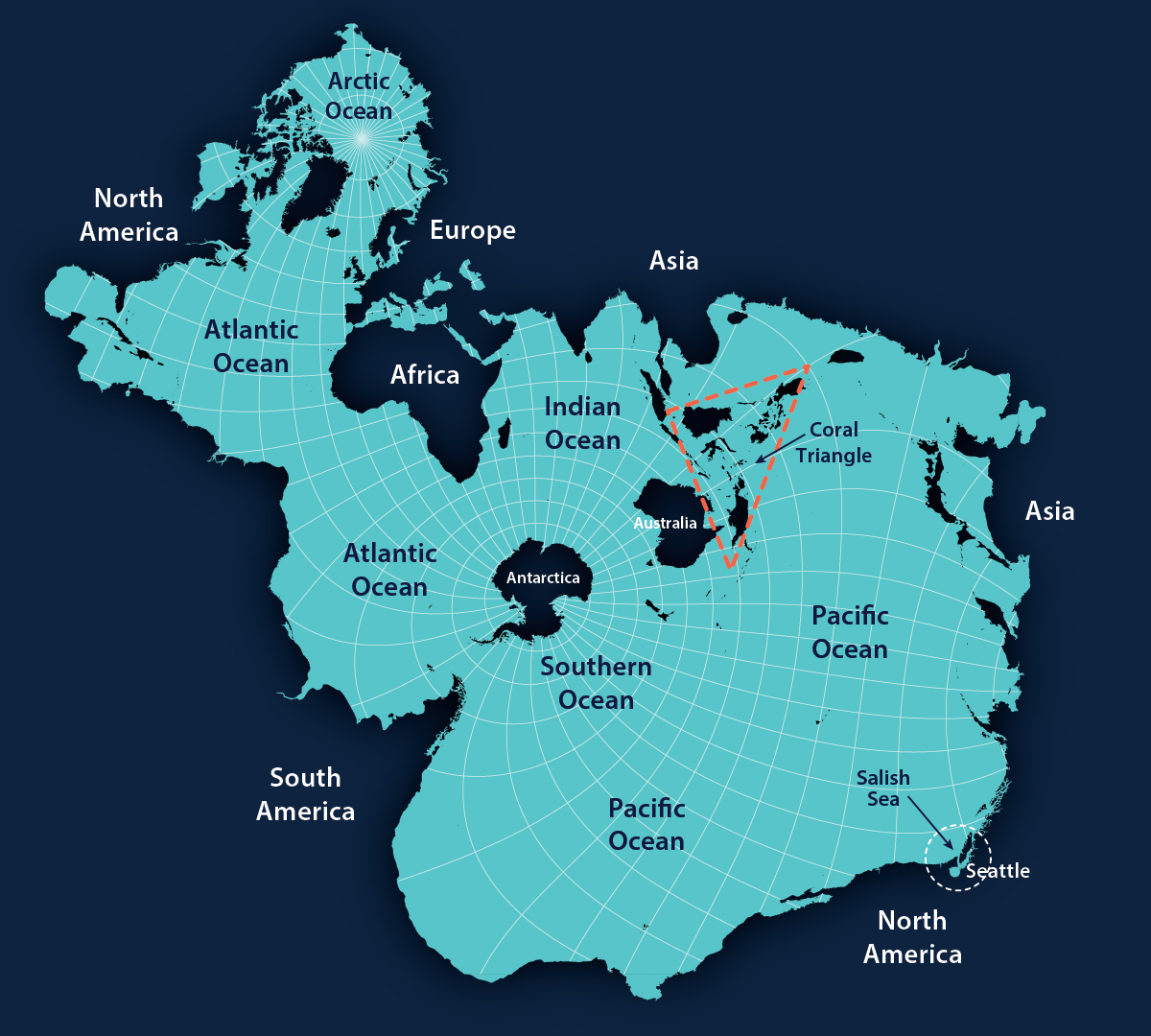
Have you ever noticed how a step to the left or a turn to the right changes your view entirely? Perhaps that’s what inspired South African-American geophysicist and oceanographer Dr. Athelstan F. Spilhaus to develop a seawater-focused map of Earth, centered on Antarctica. The Spilhaus Projection of 1942 provides a way for us to see the world ocean as it is: one big, contiguous body of seawater.
This timely “new” perspective is at the center of an exciting and thought-provoking installation at the Seattle Aquarium. Find it near our Life on the Edge habitat!
A Revolutionary Map Evolves
Decades after it was created, the Spilhaus Projection remains a vital tool. It’s been digitized and is now open-source data that can be used to map sea surface temperatures, cool and warm currents, hydrothermal ecosystems, ocean health indices, whale migration and more.
99 PERCENT OF EARTH’S LIVING ORGANISMS LIVE IN THE OCEAN
That’s quite a neighborhood! Earth’s one ocean hosts most living organisms in 71 percent of the planet’s living space. It’s home to the phytoplankton that produce 50–80% of the oxygen we breathe. It feeds its residents and people, affects weather and climate, and annually sequesters about a quarter of carbon dioxide resulting from human activities. And whatever happens on land—plastics pollution, wastewater runoff, acidification—drains into local waters and then ripples through the entire ocean.
ONE-PERCENTERS (US) STRIVING TO BE SEA-WORTHY NEIGHBORS
The Spilhaus Projection at the Seattle Aquarium maps what was once called “the Seven Seas*” as a single body of seawater, vast and unbroken. This mind-expanding perspective on the amazing life-support system of our blue planet shows the importance of restoring and protecting the ocean for the sake of all living things.
*Extra-credit fast facts: The phrase “Seven Seas” originated in ancient Greek literature and referred to the Aegean, Adriatic, Black, Caspian, Mediterranean and Red seas—with the Persian Gulf included as a “sea” as well. As trade routes expanded, it came to mean the Arctic, Indian, North Atlantic, South Atlantic, North Pacific, South Pacific and Southern oceans. Which, of course, are all connected as Earth’s one ocean!
SHARED WATERS, SHARED CHALLENGES—AND SHARED SOLUTIONS!
The Seattle Aquarium’s mission, Inspiring Conservation of Our Marine Environment, begins at home in the Puget Sound region with educational programs, conservation research and policy advocacy. Our initiatives reach from the Salish Sea to the Coral Triangle.
When you visit the Aquarium, check the Spilhaus map to find the Coral Triangle, where we’re partnering to restore the Indo-Pacific leopard shark (Stegostoma tigrinum) population. This international collective, called ReShark, is one example of our species recovery program work.
